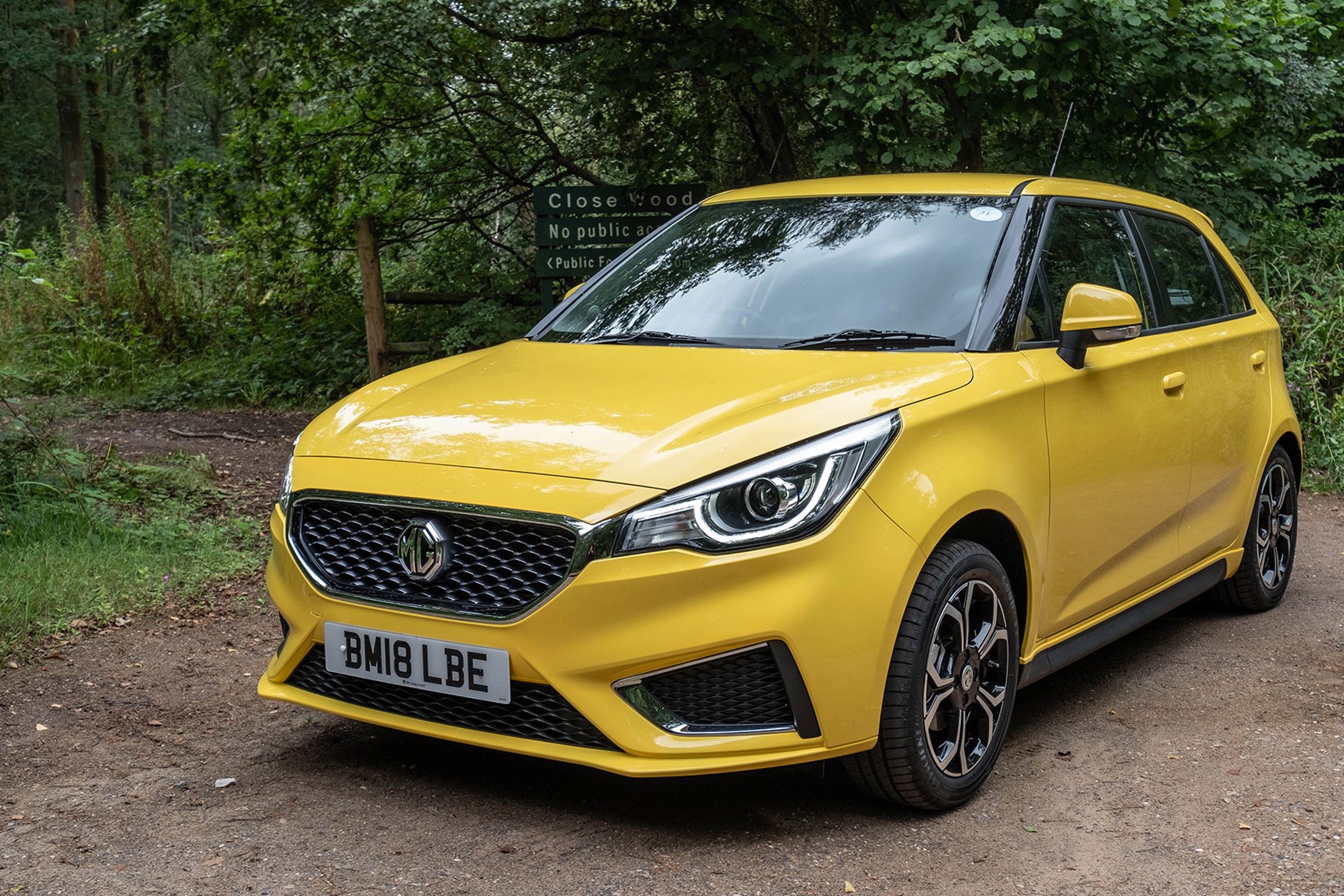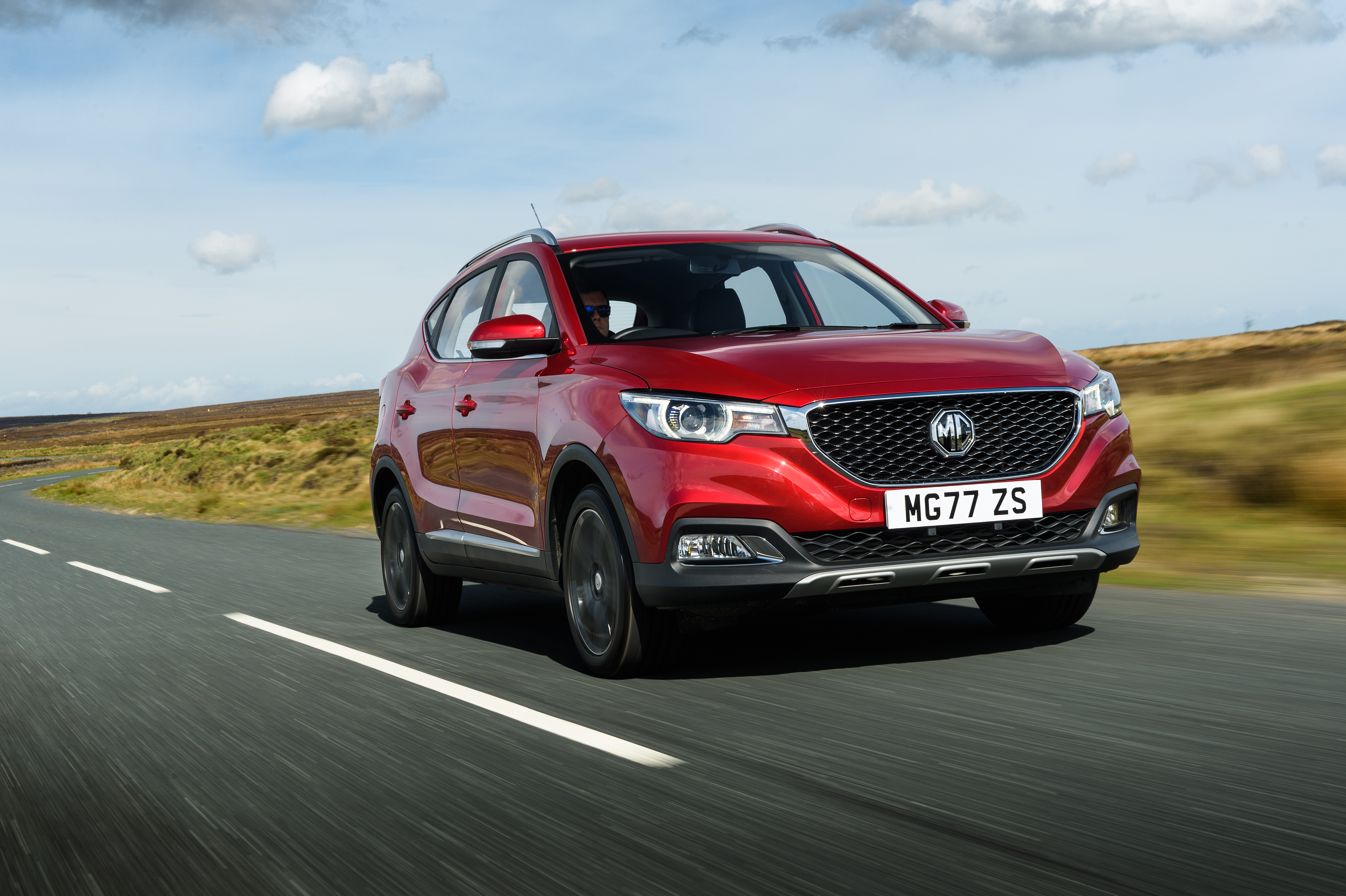There is something truly captivating about opening a fresh package of model kit components, is that not so? For enthusiasts of intricate plastic models, especially those who appreciate detailed craftsmanship, the term "MG bags" often brings to mind the exciting experience of diving into a Master Grade Gundam kit. These kits, part of the Bandai Gundam retail series, are quite famous for their impressive detail and the sheer number of pieces they include. It is almost like a treasure chest, where each bag holds a promise of hours of engaging construction and a truly rewarding outcome.
For many, the process of assembling one of these models is a cherished pastime. You see, the Master Grade series holds a special place in the hearts of collectors and builders alike. They offer a step up from simpler models, presenting a satisfying challenge with their many parts and clever designs. It is a bit like putting together a puzzle, only with a much more dynamic and poseable result, which is rather neat.
This article will take a closer look at what makes these "mg bags" – the components within Master Grade kits – so unique. We will discuss their features, why they are a popular choice for many hobbyists, and offer some thoughts on handling these detailed pieces. So, if you are curious about what goes into these fascinating models, or perhaps thinking about starting your own collection, you have come to the right place.
Table of Contents
- What Are MG Kits, Anyway?
- The Appeal of Master Grade: Joints and Parts
- Understanding Price and Value
- Handling Your MG Components
- MG Bags: Beyond Gundam (A Quick Look at Other "MG" Meanings)
- Frequently Asked Questions
What Are MG Kits, Anyway?
When people talk about "mg bags" in the hobby community, they are typically referring to the Master Grade (MG) series of model kits, especially those from the Bandai Gundam retail line. These kits are known for their 1/100 scale, which means they are bigger than some other common sizes, giving them more room for detail. You get to build a model that is more substantial, which is quite satisfying.
Each kit comes with its components separated into several plastic bags, hence the informal term "mg bags." These bags usually group parts by color or by section of the model, which helps a lot with organization during the building process. It is a very thoughtful way to present the pieces, making it easier for you to find what you need as you go along.
The Master Grade line is positioned between the High Grade (HG) and Real Grade (RG) series in terms of complexity and detail. While HG kits are simpler and have fewer parts, MG kits are a bit more involved, offering a richer building experience. They are, in a way, a good middle ground for many builders who want detail without getting overwhelmed.
The Appeal of Master Grade: Joints and Parts
There are a few core reasons why Master Grade kits have gained such a following. For one, they really hit a sweet spot when it comes to balancing detail with the building process. The parts count, for example, is quite generous, meaning you get to build something that feels substantial. It is not too simple, nor is it overly complex, which is rather nice.
The design of these kits often includes internal frames, which are like the skeleton of the model. You build this frame first, and then attach the armor pieces to it. This construction method allows for more realistic proportions and better articulation, which is a big plus for display. It is pretty cool how it all comes together.
Movable Joints: A Key Feature
One of the standout features of Master Grade kits is their movable joints. The way the joints are designed in MG kits is quite reasonable, allowing for a good range of motion. This means you can pose your finished model in many different dynamic stances, making it much more expressive. It is like giving your creation life, in a way.
Compared to High Grade (HG) kits, which have a medium level of joint movement, MG kits offer a better experience. Real Grade (RG) kits, on the other hand, often have even more advanced joint systems. But for many, the MG joints provide a good balance of stability and poseability, which is rather important for display. You can tell a lot of thought went into their design.
Parts Count and Complexity
Master Grade kits tend to have a greater number of parts compared to their HG and RG counterparts. HG kits, you see, do not have many parts at all. RG kits have a medium amount of parts. But MG kits, they have quite a lot of pieces. This makes them a good choice for those who have some experience with model building, or perhaps for someone looking for a more involved project. It is rather rewarding to see all those pieces come together.
The higher part count means more detail can be incorporated into the model. You will find separate pieces for armor panels, internal mechanisms, and even small decals that add to the realism. This level of detail is what really sets them apart and makes the building process so engaging. It is almost like assembling a miniature machine, which is pretty cool.
Understanding Price and Value
When it comes to Master Grade kits, the price can sometimes be a topic of discussion among hobbyists. The text mentions that some years ago, prices were often around 50% off the retail price, or even less. However, in recent times, various factors have led to significant price fluctuations. It is a bit like how other collectibles work, where market conditions can change things.
This means that the cost of an MG kit can vary quite a bit depending on when and where you buy it. It is always a good idea to keep an eye on prices if you are looking to expand your collection. The value you get, though, often comes from the detailed build, the quality of the parts, and the satisfaction of having a truly impressive model. For many, that value makes the investment worthwhile, which is rather understandable.
Handling Your MG Components
Since Master Grade kits come with many parts, and often quite small ones, handling them with care is important. The components are typically organized within those "mg bags," which helps a lot, but once you open them, you need a system. It is like preparing for any detailed project; a little organization goes a long way, you know?
You might find yourself dealing with very small pieces, some of which are for intricate internal mechanisms or tiny external details. These bits need a gentle touch. Using proper tools, like a good pair of nippers for cutting parts from the runners, can make a big difference in preventing damage. It is a good practice to have the right gear, honestly.
Keeping Parts Organized
With a kit that has many parts, keeping everything organized is key to a smooth building experience. Some builders like to use small containers or sorting trays to keep the pieces from different "mg bags" separate. This prevents them from getting mixed up and makes it much easier to find the specific piece you need when the instructions call for it. It is a simple step that saves a lot of time, basically.
You could also label your containers or trays according to the runner letters or part numbers. This system helps you keep track of everything, especially if you are working on a particularly complex kit or if you need to take a break from building. A little bit of planning helps a lot, you know, it really does.
General Care for Your Kit
Once your Master Grade model is complete, caring for it helps preserve its appearance. Dust can settle on the model, so a soft brush or a can of compressed air can help keep it clean. If you display your model, consider a spot where it will not be knocked over easily. You put a lot of effort into building it, so keeping it safe makes sense, right?
For those who collect many models, thinking about storage for unbuilt kits is also a consideration. Keeping the "mg bags" and their contents in their original boxes, stored in a cool, dry place, helps protect the plastic from environmental factors. It is a simple way to ensure your kits stay in good condition until you are ready to build them.
MG Bags: Beyond Gundam (A Quick Look at Other "MG" Meanings)
While "mg bags" often refers to model kits in the hobby world, it is worth noting that "mg" can also stand for other things, depending on the context. For example, in chemistry and environmental science, "mg/L" is a common unit. It represents milligrams per liter, which is a way to express the concentration of a substance in a liquid. This unit is rather important for measuring things like water quality.
The text mentions that "mg/L" is a ratio of mass to volume. It is used, for instance, when measuring turbidity, where 1 milligram of a specific type of diatomaceous earth in 1 liter of distilled water creates one turbidity unit. This is a very different kind of "mg" than the one we have been discussing, but it shows how abbreviations can have multiple meanings. So, context really matters, you know?
There are also references to "Mg" as the chemical symbol for Magnesium, an element in the metal activity series. And then, there is the "MatAid Phase Diagram Database," which covers materials science and chemistry information, including crystal data. These are just a few examples that show how "mg" can pop up in many different areas, but for our discussion today, we are mostly focused on those wonderful model kits.
Frequently Asked Questions
What makes Master Grade (MG) kits different from other Gundam model grades?
Master Grade kits, or "mg bags" as some call them, are typically 1/100 scale and offer a significant step up in detail and complexity compared to High Grade (HG) kits. They usually feature detailed internal frames, a higher part count, and more advanced movable joints, which allows for better posing and a more satisfying build. It is a pretty good balance between simplicity and intricate detail, which many builders appreciate.
Are MG kits suitable for beginners, given their higher part count?
While Master Grade kits do have a greater number of parts and can be more involved, they are still approachable for determined beginners. The instructions are usually clear, and the parts fit together well. However, if you are completely new to model building, starting with a High Grade (HG) kit might be a good way to get familiar with the basics before tackling an MG. It is always good to start somewhere comfortable, you know?
How do I best store my unbuilt MG kits and their components?
To keep your "mg bags" and their contents in good condition before building, it is best to store them in their original boxes. Find a cool, dry place away from direct sunlight or extreme temperature changes. This helps protect the plastic from becoming brittle or discolored over time. Proper storage ensures your kit is ready for assembly whenever you are, which is pretty important for collectors.
Learning more about Master Grade kits can truly open up a new hobby. There is a lot to explore when it comes to these detailed models, and finding the right kit for you can be a fun adventure. You might also want to link to this page for more insights into model kit building techniques.
The satisfaction of completing a Master Grade model is quite something. From those initial "mg bags" filled with plastic runners to a fully articulated display piece, the journey is rewarding. It is a hobby that combines patience, precision, and a bit of artistry, offering a wonderful way to relax and create something truly impressive. You know, it really is a great way to spend some time. For more information on model kits and their history, you might find this resource helpful.



Detail Author:
- Name : Prof. Tyson Parisian
- Username : alessandro40
- Email : swift.kyle@torp.com
- Birthdate : 1996-08-31
- Address : 6903 Doyle Junctions West Baileehaven, UT 02619
- Phone : 434-208-8501
- Company : Stiedemann Inc
- Job : Transportation Equipment Painters
- Bio : Corporis unde asperiores voluptatum incidunt aut suscipit vel. Aut cum velit error ut inventore. Doloremque dolores repudiandae maiores aut dolor consequatur labore incidunt.
Socials
facebook:
- url : https://facebook.com/schusterk
- username : schusterk
- bio : Dolor et optio tenetur dolorum. Exercitationem a quae quo autem eligendi.
- followers : 2937
- following : 655
tiktok:
- url : https://tiktok.com/@kraig.schuster
- username : kraig.schuster
- bio : Quasi nesciunt atque vero cumque. Aut adipisci voluptatum quam.
- followers : 5529
- following : 1821
twitter:
- url : https://twitter.com/kschuster
- username : kschuster
- bio : Aut quo rerum et animi. Aut architecto amet autem eos voluptatem voluptatem aut. Aut enim fugiat dolorem ut accusantium repellat.
- followers : 2668
- following : 350
linkedin:
- url : https://linkedin.com/in/kraigschuster
- username : kraigschuster
- bio : Quam autem nihil dignissimos ea.
- followers : 1969
- following : 1620